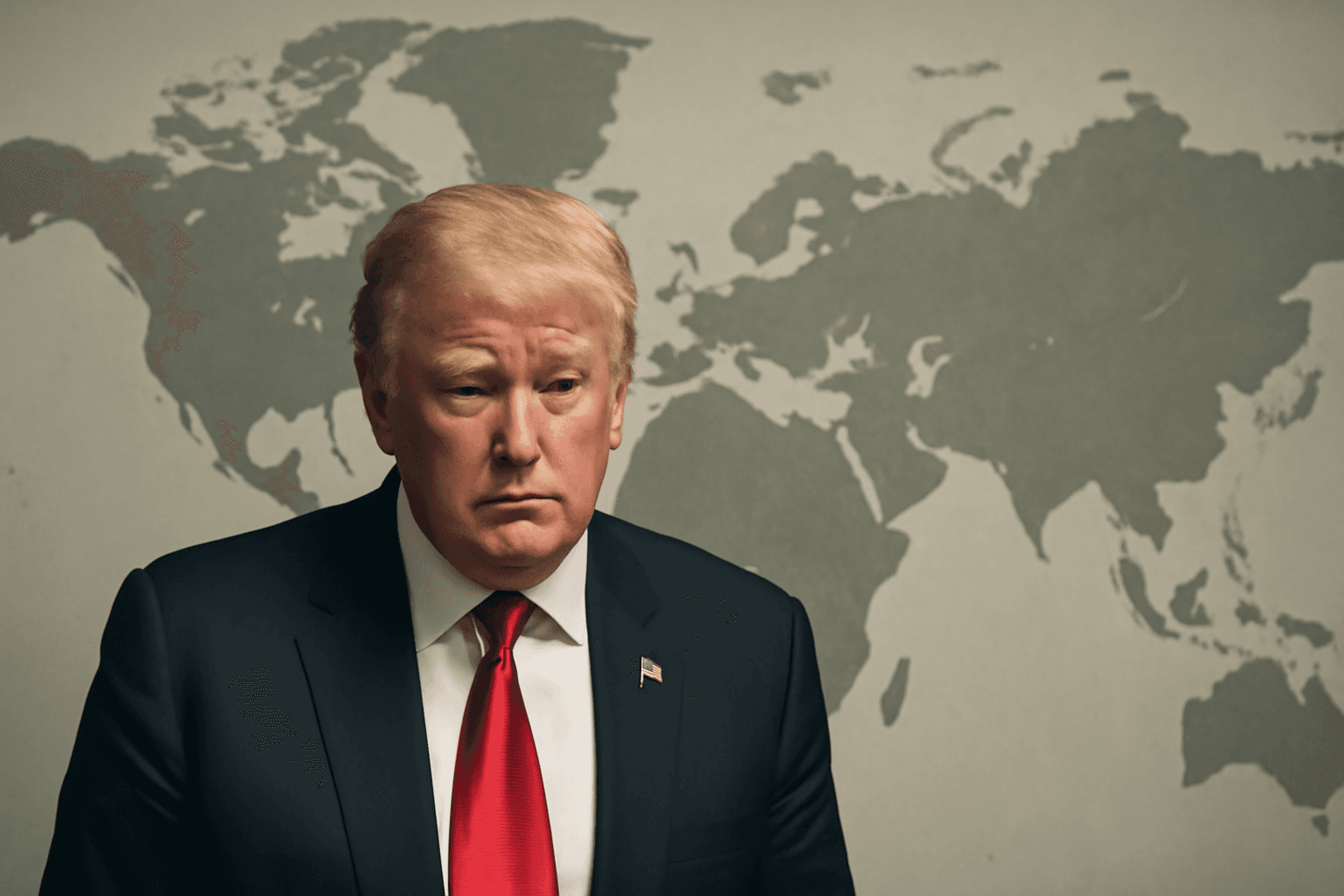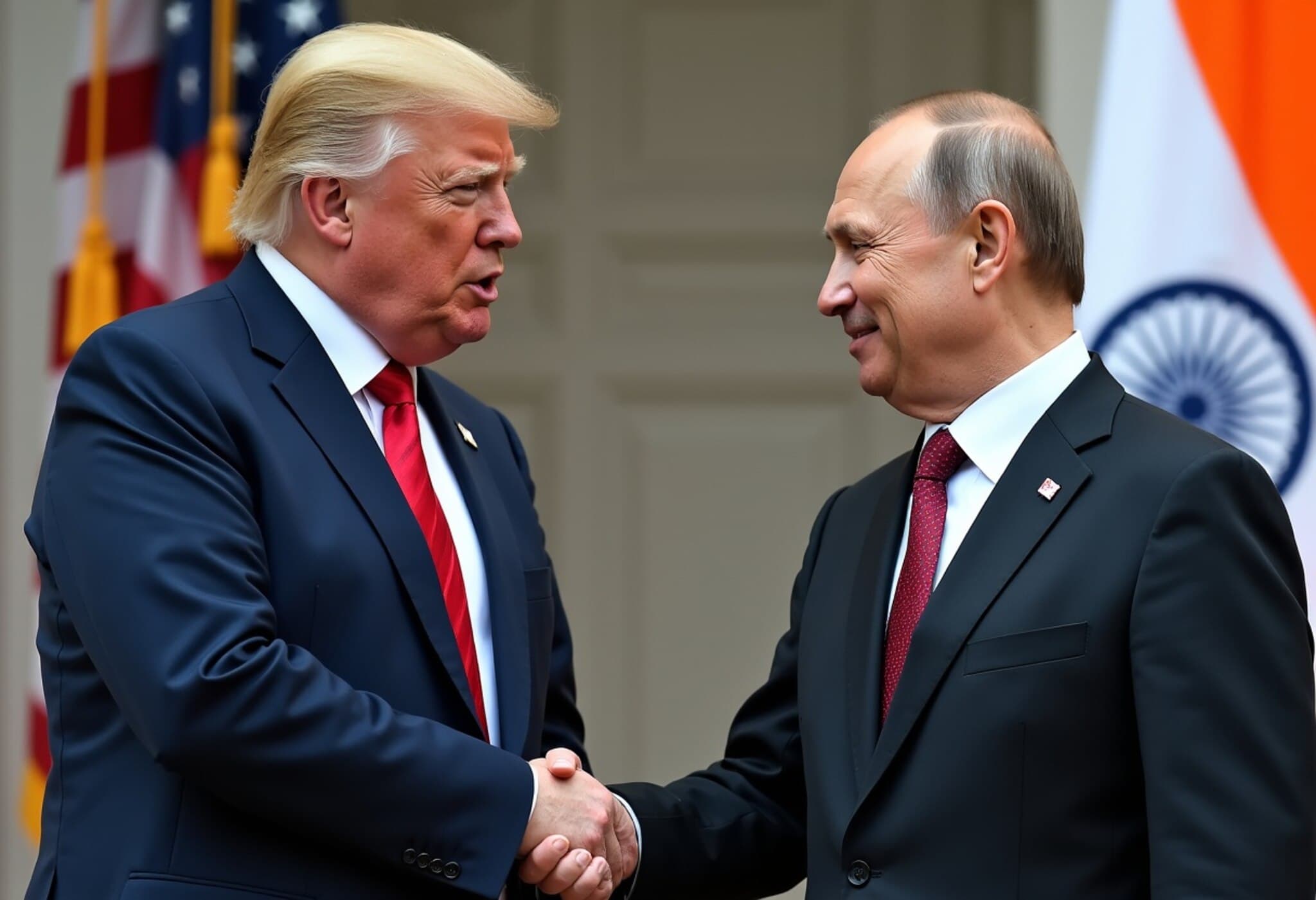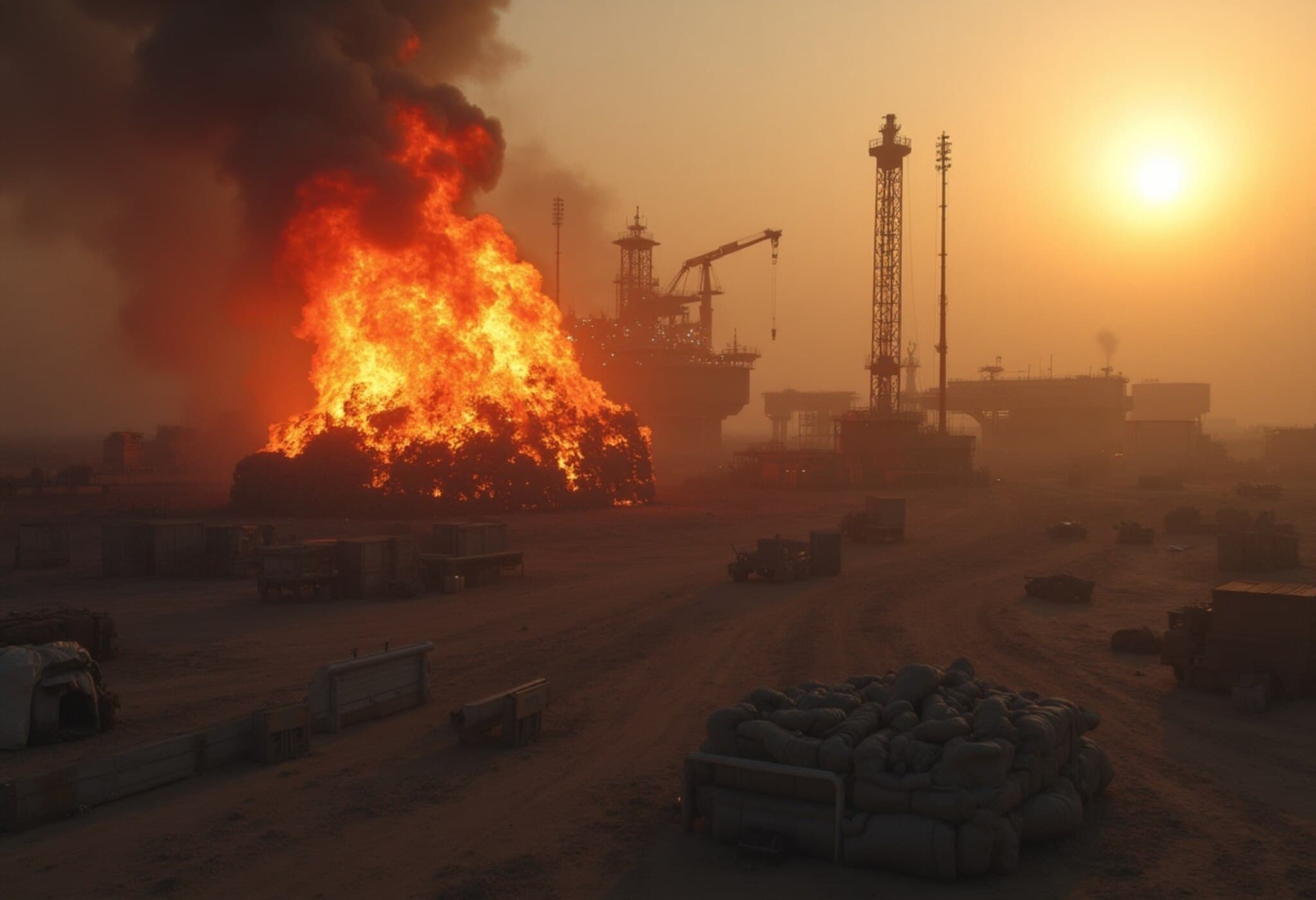Global Markets React to Escalating US Tariffs
Global financial markets experienced significant declines on Monday, June 2, 2025, following an announcement from President Donald Trump to double tariffs on steel and aluminum imports. This move intensified trade tensions, particularly between the US and China, generating heightened economic uncertainty among investors worldwide.
The Dow Jones Industrial Average dropped by 1.2%, the S&P 500 decreased by 1.1%, and the Nasdaq Composite fell 1.4% in early trading. Meanwhile, the US dollar weakened against major currencies as Asian markets closed mostly lower, with Hong Kong's Hang Seng index plummeting 2.1%, and Tokyo's Nikkei declining 1.7%. Shanghai markets remained closed due to a public holiday.
European indexes also saw drops at opening, with Paris' CAC 40 and Frankfurt's DAX shedding nearly 1%. Conversely, London's FTSE 100 held steady amid a recent trade agreement between the UK and the US, offering some insulation against the tariff fallout.
Underlying Causes of Market Volatility
President Trump's announcement via social media indicated that steel and aluminum import tariffs would increase to 50% effective June 3, citing China's failure to uphold prior trade agreements. This decision reversed the progress made during a 90-day truce reached in Geneva between the US and China to ease tit-for-tat tariffs, which had been disrupting global supply chains.
China promptly rejected accusations of non-compliance, signaling a possible renewal of trade hostilities between the world’s two largest economies. US Commerce Secretary Howard Lutnick accused China of deliberately delaying fulfillment of its commitments, although China has yet to announce any retaliatory measures.
Adding to market unease, oil prices surged after OPEC and allies announced a production increase for July that fell short of market expectations. Brent crude rose by 3.6% to $88.40 per barrel, and West Texas Intermediate increased by 3.2%, trading above $84 per barrel.
Geopolitical tensions escalated further following reports of Ukrainian drone strikes on Russian air bases, raising concerns over potential supply disruptions in crude markets amid the ongoing conflict.
Economic Impact on the US Economy
The tariff increase comes as early economic indicators reveal negative consequences for the US economy. First-quarter data indicated a 0.3% contraction in GDP, with forecasts suggesting a possible 0.7% decline annually if trade frictions worsen. Job markets also face risks, with projections estimating a loss of approximately 456,000 jobs by the end of the year.
Consumer prices reflect tariff-induced inflation, rising between 1.7% and 2.4%. Certain sectors, such as apparel and footwear, saw price increases reaching as much as 17%. Although domestic manufacturing gained in response, these were offset by declines in construction and agriculture.
Outlook and Expert Insights
The intersection of mounting trade uncertainty, inflationary pressures from tariffs, and geopolitical instability has clouded the global economic outlook. Market strategists caution that volatility is likely to increase amid this heightened uncertainty.
- Key points:
- US tariffs on steel and aluminum doubled to 50% starting June 3, 2025.
- Stock markets in the US, Europe, and Asia fell sharply following the announcement.
- Oil prices surged due to a modest production increase by OPEC.
- Geopolitical risks heightened after reported Ukrainian drone strikes inside Russia.
- Early US economic data indicate slowing growth and rising inflation linked to tariffs.


















